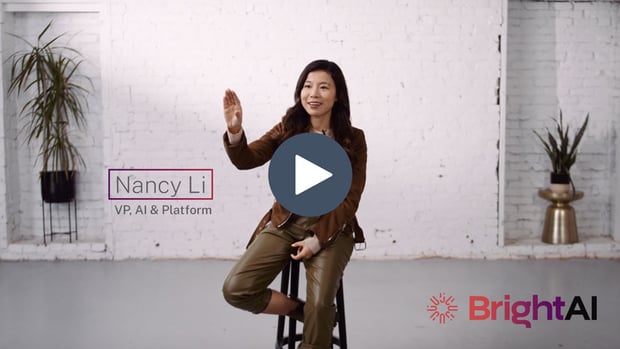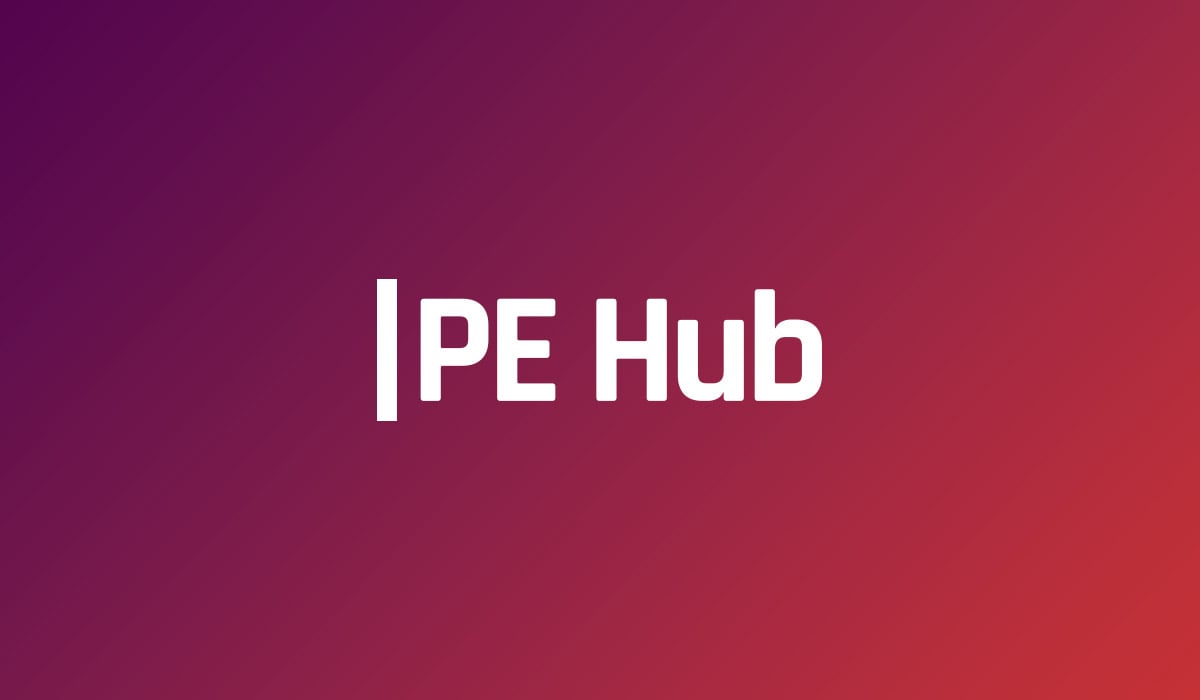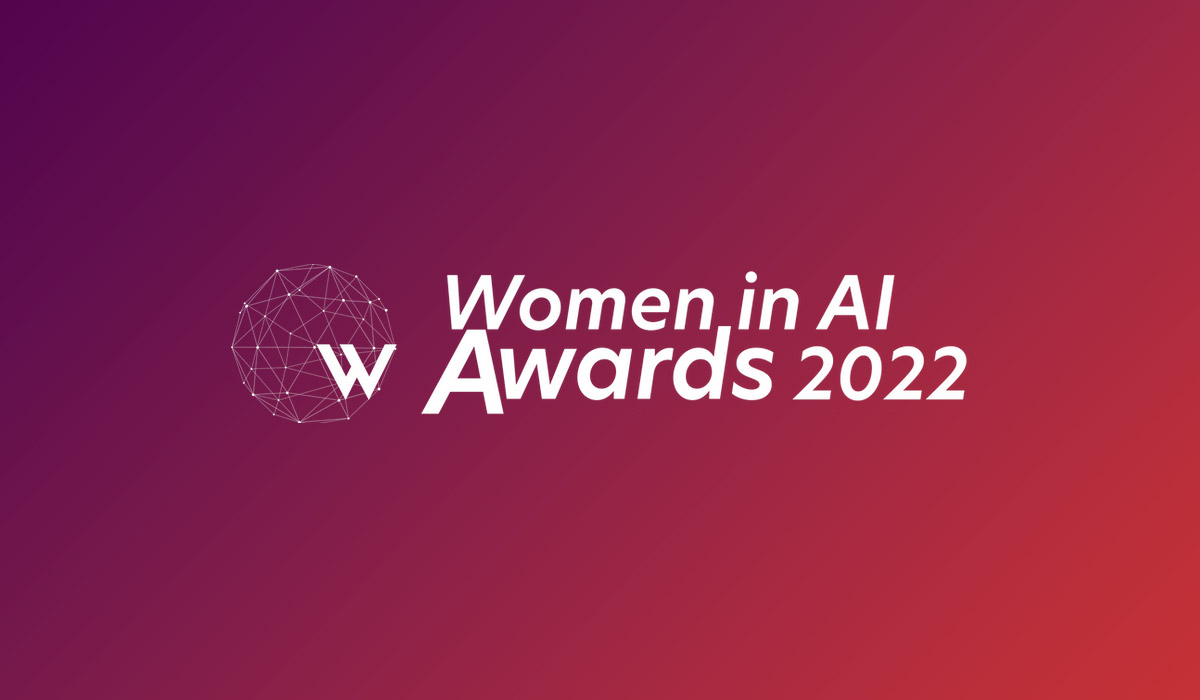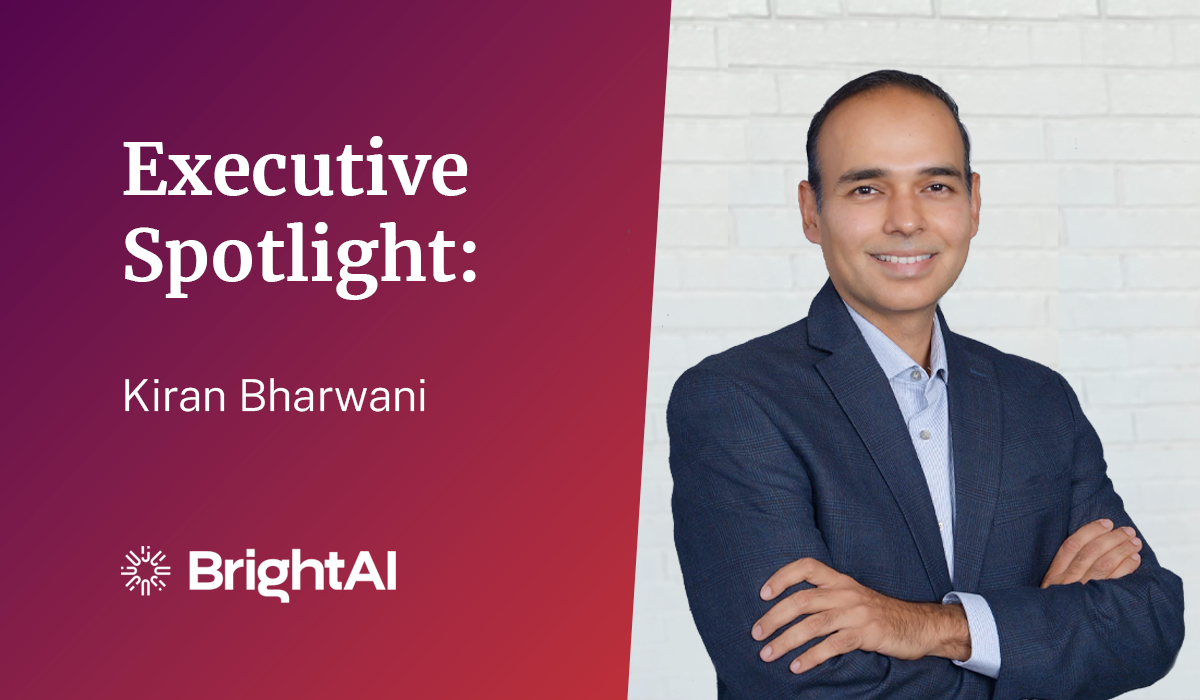The Transformative Power of AIoT
Could AIoT lead labor-intensive industries to rethink their entire business model?
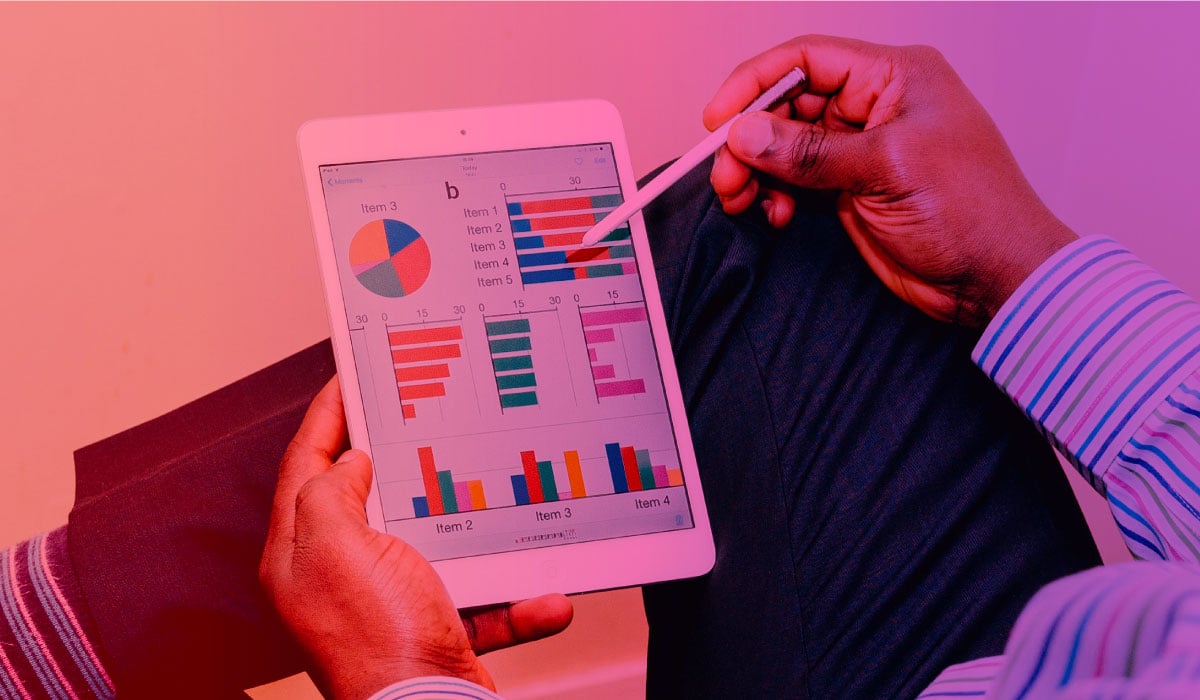
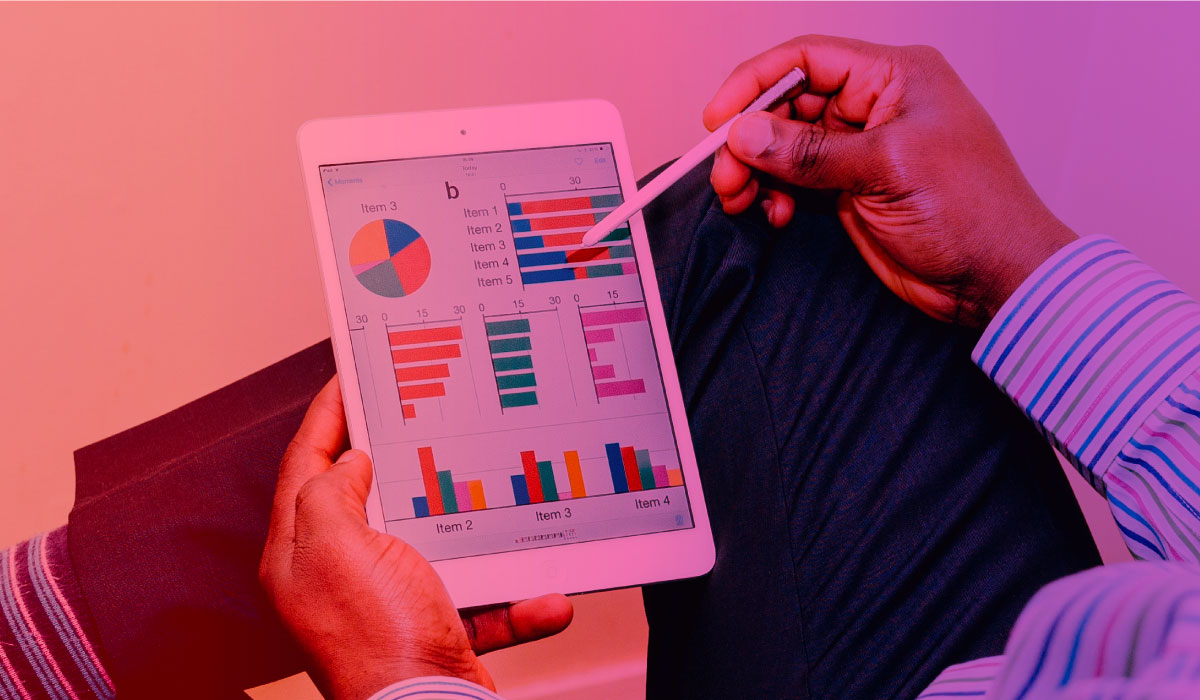
AIoT (Artificial Intelligence plus Internet of Things) doesn’t just have the power to help solve long-standing operational problems. This cutting-edge tech is set to disrupt entire business models across multiple industries.
BrightAI’s VP of Product, Nancy Li, works closely with both BrightAI’s engineers and the businesses they help transform. Here’s what she had to say about the future of labor-intensive physical business, the major shift she sees coming, and why most traditional industries haven’t embraced AIoT sooner.
You’ve been on the forefront of tech innovations for a long time. What new breakthroughs are you most excited about now?
I’m excited that AIoT is becoming multi-modal. We are beginning to fuse multiple inputs like IoT sensors, AI cameras across visual, lidar, infrared, and various business data, and apply machine learning to get an incredibly clear and comprehensive view of what is happening in a physical space. Not only does this ground-truth data reveal activity a company may not have known about, but it also makes it possible to accurately gauge the time and money spent on operating expenses.
The truth is that most big physical businesses don’t have the right data to track their true cost. Without accurate numbers, it’s impossible to make smart, educated business decisions that improve performance and profitability.
How do you think AIoT will change how companies do business?
We’ve already seen labor-intensive physical companies completely transform their business model.
Large businesses with fleets of physical machines often see themselves as providing a one-off service. They may lease or sell equipment like air-conditioners, washing machines, fly lights, or a host of other appliances. After that equipment is contracted or sold, there’s not much left for them to do except respond to a service call if something goes wrong.
Now, AIoT makes so much more possible. If a machine is about to break, AIoT knows and alerts the appropriate service team. This allows technicians to make service calls fully prepared with the right tools so they can prevent a malfunction before it happens.
Since AIoT monitors remote locations, a one-off sale on a piece of equipment can turn into a long-term service with recurring revenue. For example, one of our clients is the biggest seller of fly lights. Fly lights don’t capture pests; they only monitor them. Technicians go to the fly light four to six times a year and hand count the number of bugs.
This company sold about 250,000 fly lights a year, but this generated no recurring revenue. Now, with AIoT, they can count and identify bugs remotely. We upgraded the fly lights with cameras, so they are self-monitoring. So instead of selling a fly light once, our client can sell a subscription pest monitoring service that brings in reliable recurring revenue.
Why do you think more physical businesses aren’t utilizing AIoT tech solutions?
Most companies need help gathering more ground-truth data; and the companies that do have data just don’t have the tools or the know-how to analyze it.
A lot of them have outdated computer systems, so their portals crash with big data downloads. If their systems don’t crash, it takes a long time to load a small amount of data.
With AIoT solutions, we can provide the actual monitoring devices that collect ground-truth data and then analyze the data those monitors collect. From this, we gather intelligence that is game-changing for our clients. For example, AIoT can tell us that by tuning an oxygen generator by 50%, energy savings increase by 10%. Having this type of knowledge would be impossible without AIoT and has a tremendous impact on a company's bottom line.
Do you have any “dream clients” or industries you’d love to transform with AIoT solutions?
Personally, I love fashion. I would love to work with high-fashion brands. Designer bags are always being ripped off, and high-end designers want to prevent these fake knockoffs. We could put sensors into designer bags to authenticate and track them.
I also think airports and theme parks would be interesting. The reason I joined BrightAI is because I'm on this metaverse journey. BrightAI is building a digital layer onto the physical world, and that is what I want to be a part of. Ten years down the road, I think BrightAI could be an augmented metaverse company.
Interested in hearing more from BrightAI’s thought leaders? Discover how our other founders are helping transform multiple industries through next generation AI. If you have any questions, or if you’d like to schedule an interview with any one of our founders, email us at info@bright.ai.

